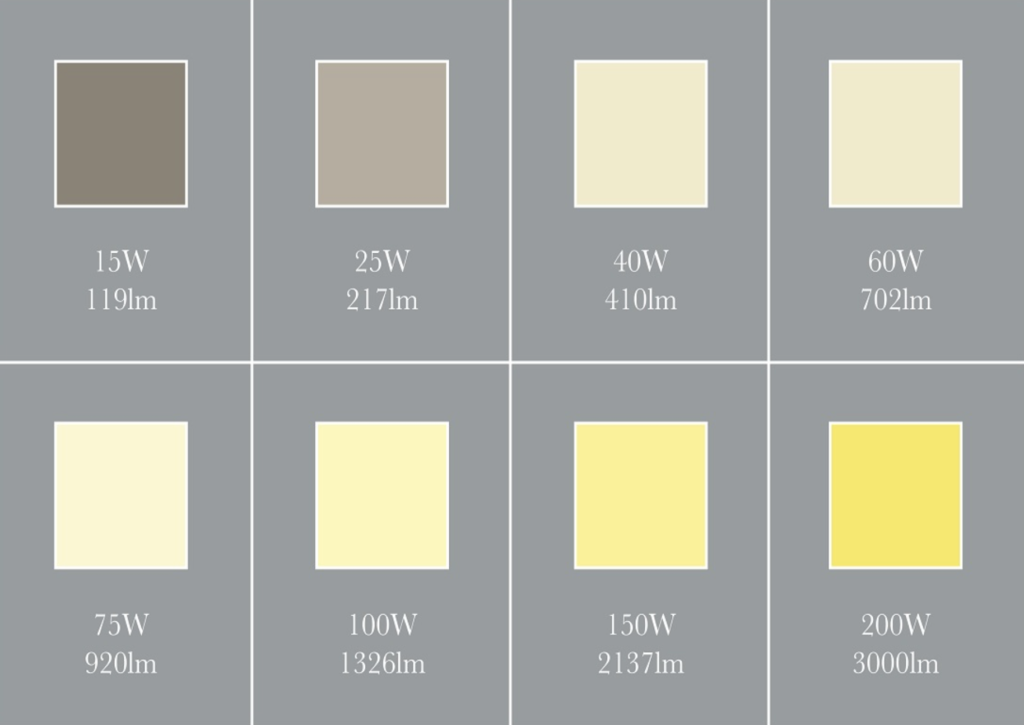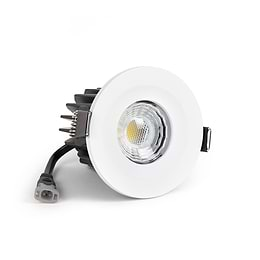Lumens Vs Lux
Lumens Vs Lux

When choosing bulbs, one of the most common drivers of your purchase might be how they look aesthetically, and how bright the light is. But really, there are many more important considerations to make when choosing the right lightbulb that go deeper than the aesthetic face value.
We've previously explored lumens and watts on our blog, but what about lux? It's one of the most overlooked features of a bulb, but one that should still be considered, we take a look at lumens and lux, and what the main differences of the two are.
Lumens VS Lux
What Are Lumens?
Lumens are one of the most important indicators to look for in a light bulb. They measure the total amount of light emitted by the bulb, in simpler terms, how bright the light bulb is going to be. The higher the lumens, the brighter the light is going to be. The chart below demonstrates light output in comparison to its lumen rating.

Light colour temperature is unrelated to lumens and lux, however. If you would like to read more about colour temperature, visit our blog What is Colour Temperature? for more information.
What Is Lux?
Lux measures the amount of light output in a singular area. It can be the result of multiple light bulbs and even daylight mixed in. In comparison to lumens, one lux is equal to one lumen per square meter. This figure allows us to measure the total amount of visible light which is present, and the intensity of the light on a surface. This will give you an indication of what direction the light source shines. For example, with a lamp, lux is usually indicated in the centre of the beam where the intensity of the light is highest.
The Difference Between Lumens & Lux
In layman's terms, the main difference between these two figures is that lumens is a measurement of how bright a light is going to be, whilst lux tells us where that amount of light output is going to be in a specific area.
Lux is a measure of illuminance, the total amount of light that lands on a surface. It takes into account the area over which the luminous flux (lumens) is spread. A flux of 1000 lumens, concentrated into an area of one square metre, lights up that square metre with an illuminance of 1000 Lux.
Lumens is a measure of luminous flux, the total amount of light emitted in all directions.
Which Should I Use?
You might be thinking, but which one should I be using when looking for new light bulbs? If you are looking to light a specific area such as a tabletop, work surface or for reading then the figure you need to pay attention to is lux. Without a sufficient lux level the area that you need the most light in will suffer.
However, lumens is still one you should pay attention to as you want to know how much light one lightbulb will emit. When planning your lighting setup, this is important for working out how many light bulbs you might need to adequately light a room.
Both of these figures are important to help create a well informed purchase, and to get the most out of your lighting. Lumens and Lux are both readily available pieces of information which should be visible on the packaging of most bulbs.
If you'd like to know more, check out our blog What is Lux Level? for more information on lux levels.
[related_products is_auto_added="1"]









